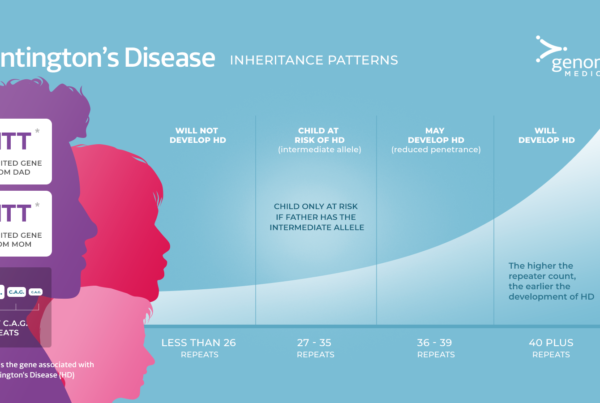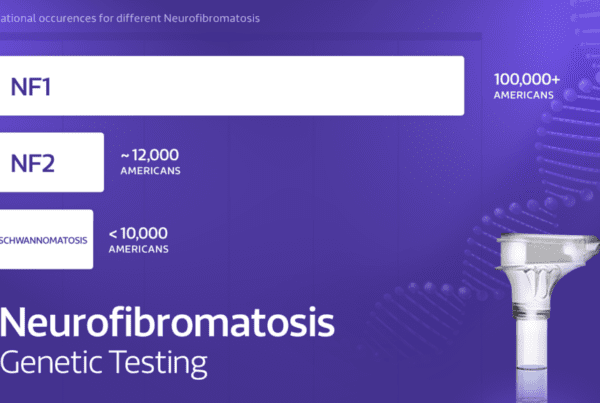Huntington’s disease is a genetic condition that impacts the brain and, over time, affects a person’s ability to control the movement of the arms, legs, face and torso (called chorea). It can lead to changes in personality and mental health and, over time, dementia. It begins most often in adulthood.…
Read More









